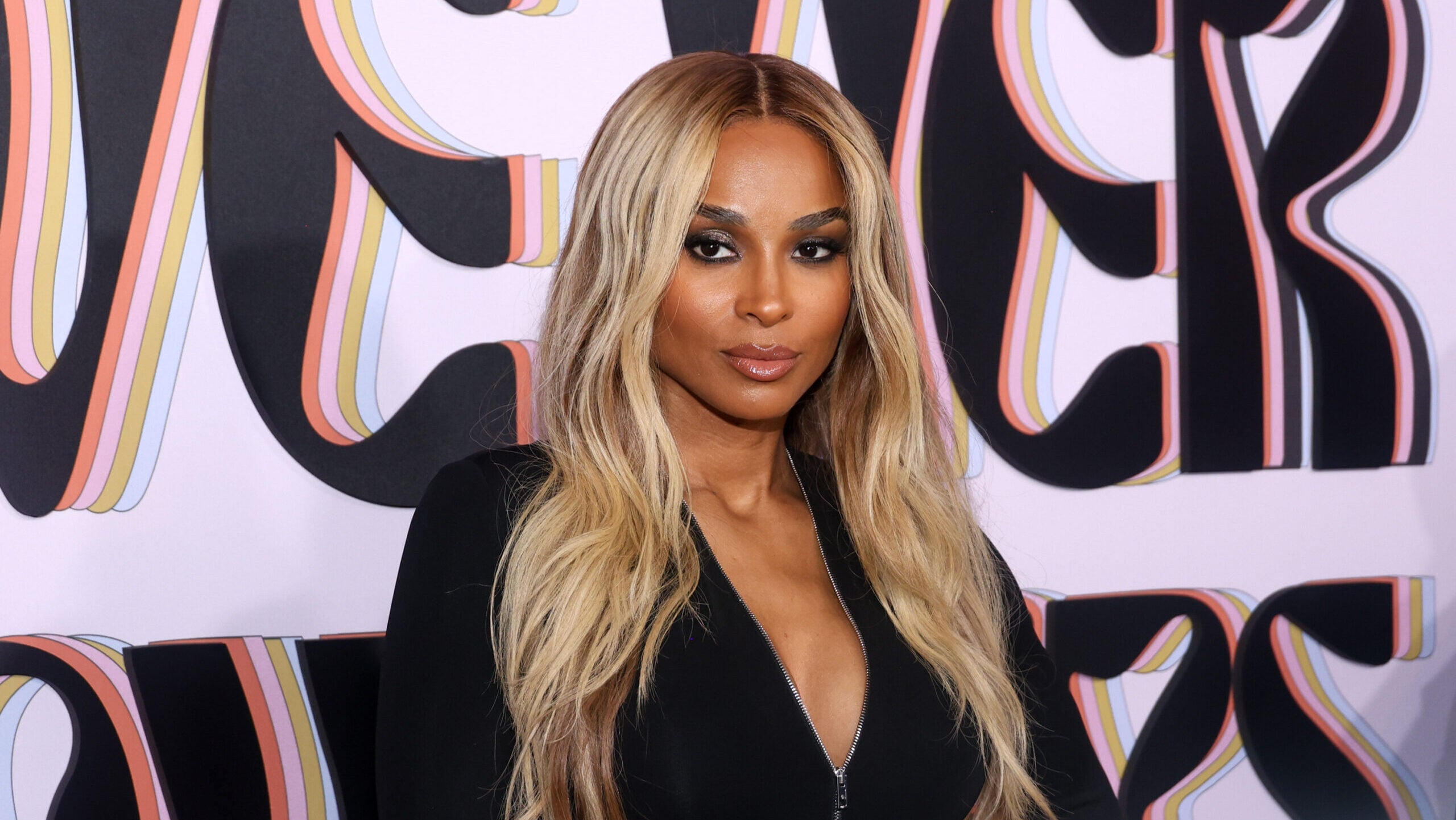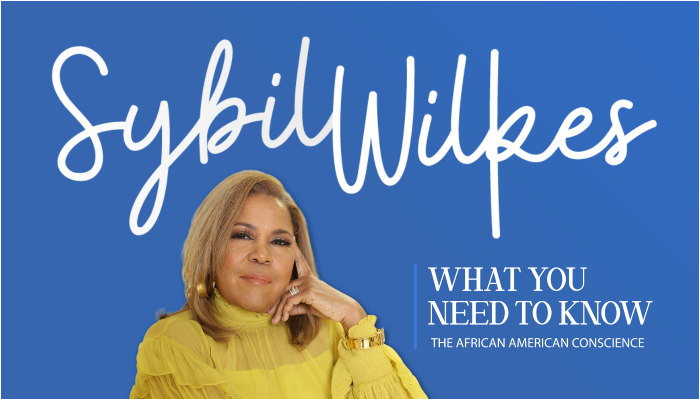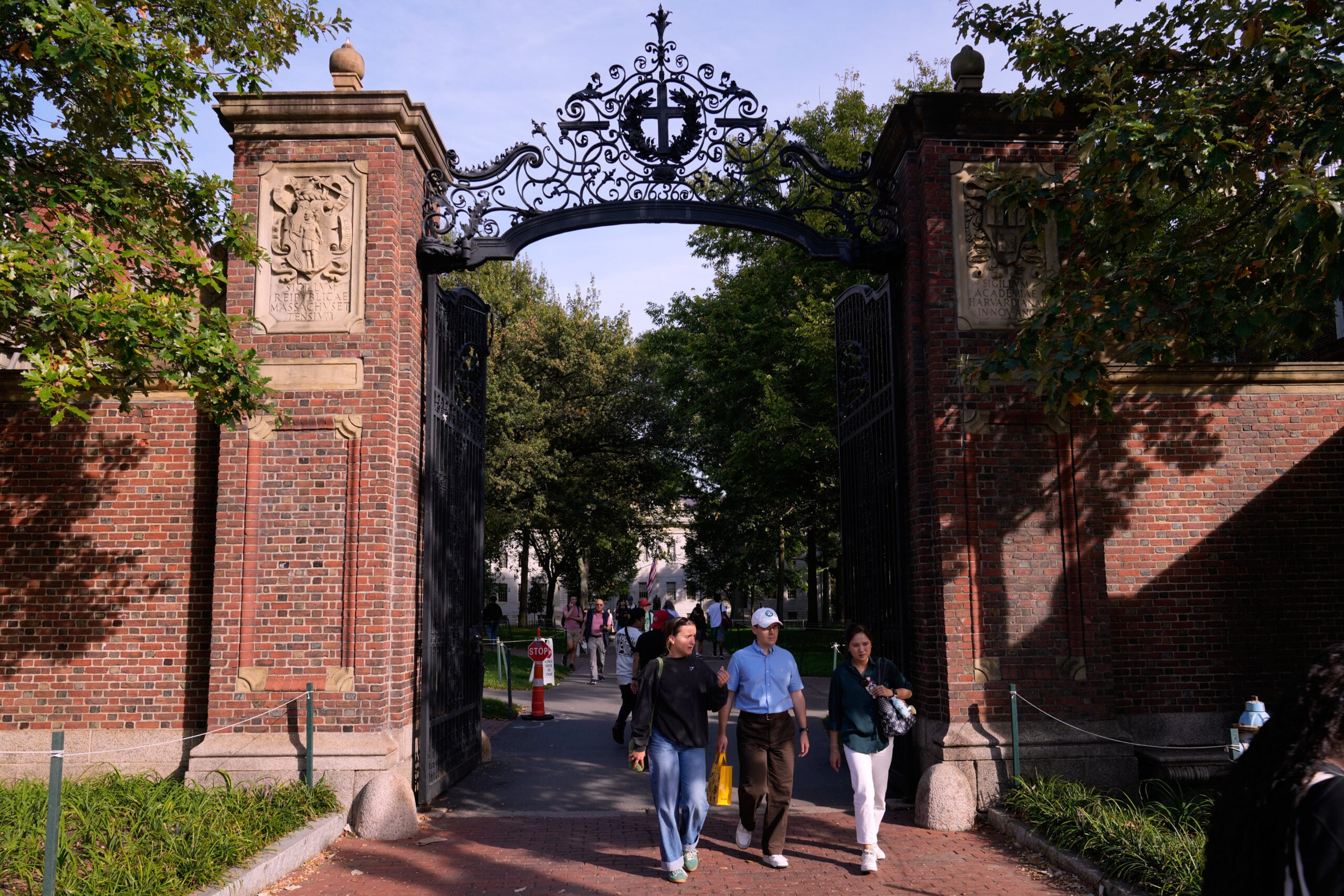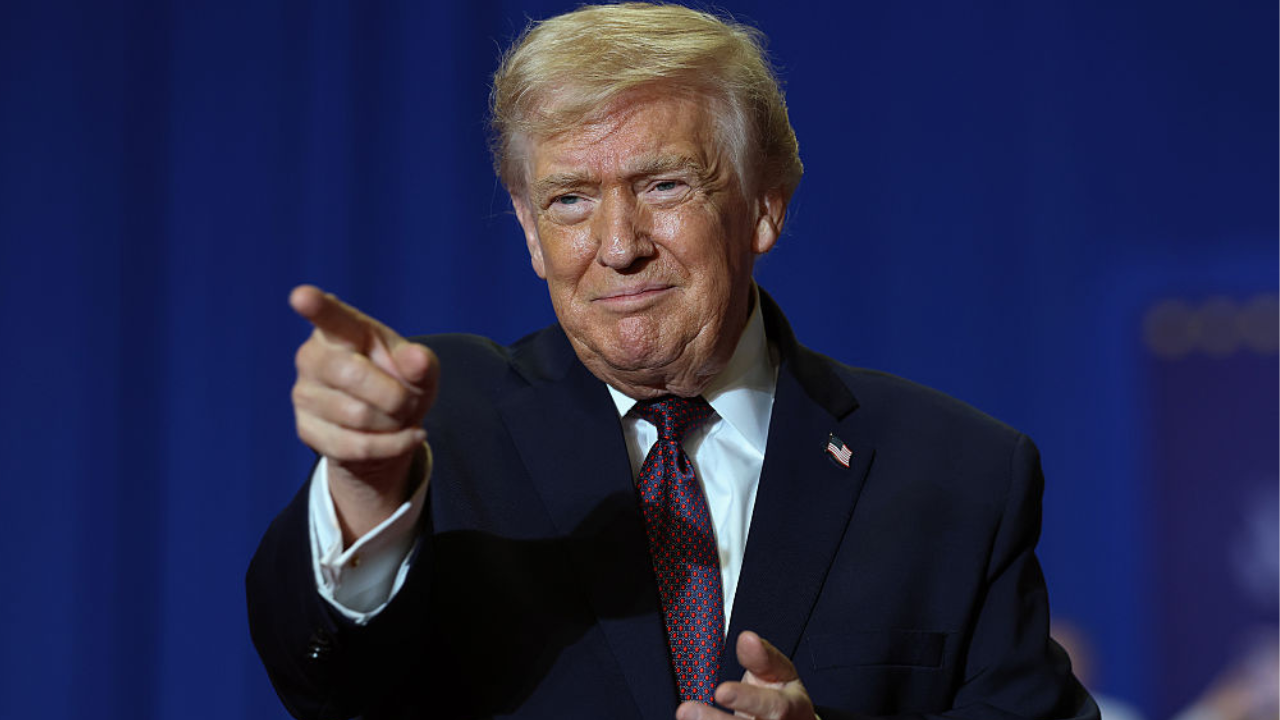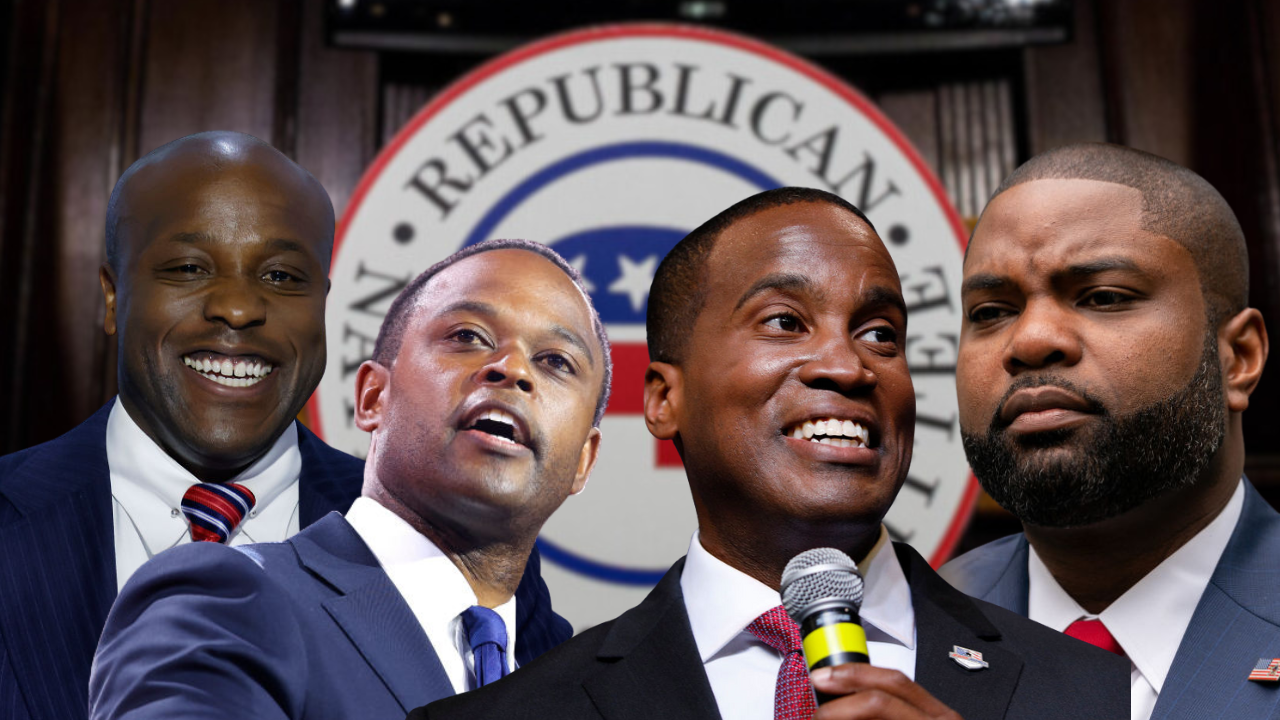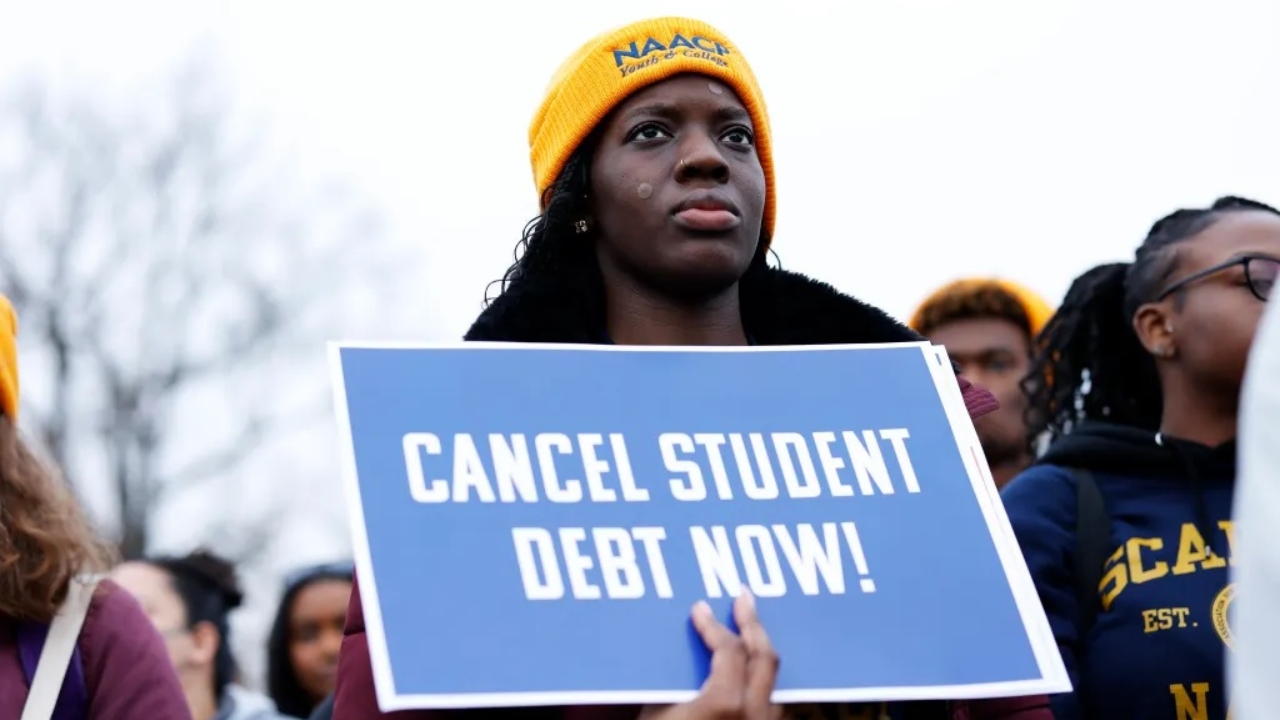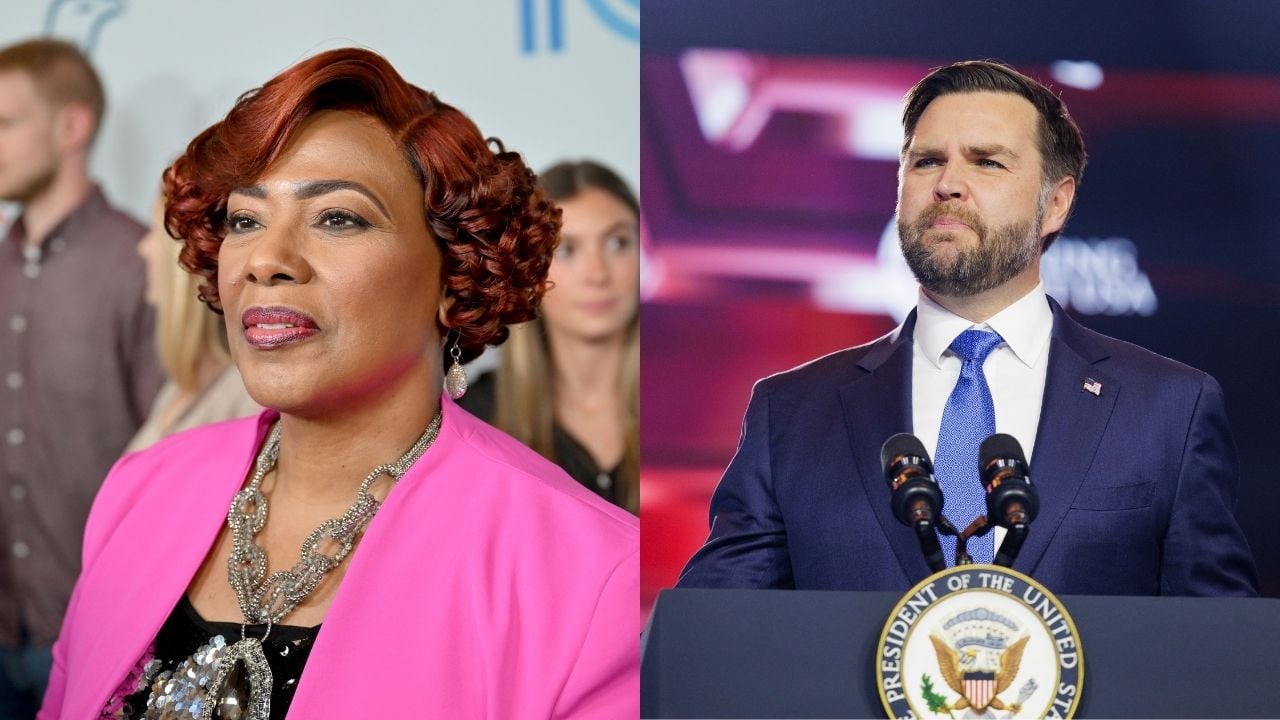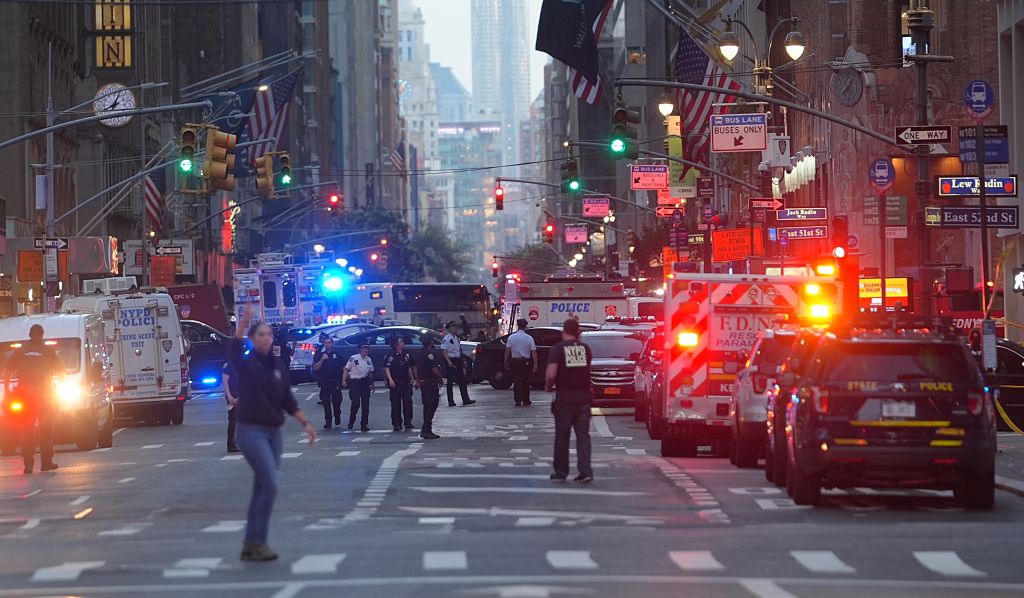Revisiting the ‘Steel’ Air Jordan 10: It’s the shoe Michael Jordan didn’t want but needed

Picture Michael Jordan anxious upon his return to Chicago to give the city a proper goodbye. Imagine, if you will, arguably the greatest basketball player of all time on edge before tipoff, and it’s not even for Game 7 of the NBA Finals. Rather, it’s the Scottie Pippen Ameritech All-Star Classic at old Chicago Stadium.
“Of all the times he’s been to the arena, he told me that’s the most nervous he’s ever been,” close friend and sportscaster Ahmad Rashad informed The New York Times after riding with Jordan to the Bulls’ aging facility on Sept. 9, 1994.
Retired from basketball and back in the Windy City after a summer of playing minor league baseball in Birmingham, Ala., 31-year-old Jordan was set to send off Chicago Stadium and again unite a city that adored him.
Having not played basketball in front of an audience since the 1993 NBA Finals, Jordan was nervous, as Rashad would attest, but ready to play in a game with no stakes – other than entertaining 18,000 fans who were there to see him play one last time.
There were no titles on the line, no accolades, no paycheck, just Jordan making sure Chicago got a fitting farewell. That was pressure enough to make him, of all people, nervous.
This week, on Aug. 2, the Air Jordan 10 “Steel,” the shoes Jordan wore in that sendoff to Chicago Stadium return for the first time in their true-to-original form. A minimalist model by mid-90s design terms, the retirement retro is adorned with Birmingham Barons blocking, brought to life by elastic light steel grey straps that speak loudly across the tongue. Matching bars stripe the accolade-adorned outsole, resting beneath a wavy white leather upper, which is quietly contrasted by varied tumbling atop each panel.
Notably, the controversial leather toe cap, which has been publicly bemoaned by MJ, is back after decades in the vault, as is the time-lapse packaging that portrays a legacy thought to be left behind. It’s a risky play, catering to OG purists and archive diggers who claim clout on historical accuracy rather than aesthetic steeze. For those keeping track at home, the “Steel” Jordan 10s have returned in 2005 and 2013 to clamoring fanfare, neither of which featured the controversial toe cap.
As alluded to, it’s a comeback release roughly 31 years in the making and inspired by a fabled comeback in itself. In 1994, no betting man or business executive could have predicted that Jordan would return to basketball, let alone lead a global sportswear empire of his namesake, decades into his third roundball retirement.
But what if the Jordan Brand utopia we live in today – one where retro oddities return, a heralded hooper outfits a French futbol club, and diverse leadership drives a $7 billion business tracking toward $10 billion – never existed?
At the scene of Scottie Pippen’s Ameritech All-Star Classic, everything Air Jordan epitomized appeared to be coming to an end. As the “Steel” 10s return, we look back on why we should all be thankful they’re returning in 2025, and perhaps why everyone, including MJ, was nervous then.
No Love Lost

Focus on Sport/Getty Images
Fans, front-office types and shoe-store owners all wept when Jordan announced he was retiring from basketball in October 1993.
Burned out by winning three straight championships and ripped apart by the murder of his father, Jordan shelved his sneakers in favor of cleats, leaving behind the bright lights of pro basketball for the tranquil grind of minor league baseball in 1994.
As Jordan swung the bat until his palms blistered, Nike Basketball felt the same pain as revenue fell 22% in 1994, with their headliner no longer flying through the sky. Already operating 18 months ahead on the product calendar, the curveball of Jordan’s announcement and the distance caused by baseball hurt not just sales but also synergy.
“We had a big issue when I retired in 1993,” Jordan wrote in Driven From Within. “Nike didn’t think the Jordan product would sell if I wasn’t playing basketball.
“I kind of lost connection with the brand the year I played baseball,” Jordan admitted. “Because we came out with a shoe I didn’t approve.”
That shoe was the Air Jordan 10. Penned in private by designer Tinker Hatfield and rendered as a celebration of Jordan’s accomplishments, the stripped-down silo was clean across the upper but disrupted by a jarring strap of leather splayed across the toe—a cardinal sin for the detail-oriented Jordan, obsessed with smooth styling and Italian tailoring.
Because flights from Nike’s headquarters in Beaverton, Ore., to Birmingham were far from direct, Jordan didn’t see the “Steel” 10s until everyone else did.
“When I saw the final version of the 10, it already was in the marketplace,” Jordan recalled, as if he were flipping through an Eastbay catalog sent to his Alabama address. “It wasn’t consistent with the way I thought the shoe should look.”
Inside Nike, executives assumed the Air Jordan line was over, and outside analysts predicted the same fate. Overseas, not a single European retailer bought in on Air Jordan 10s.
Jordan remained bullish about his enterprise, though unmoved by the new model.
“I never wore that shoe,” Jordan wrote.
Well, he did once.
Familiar Footing

John Biever /Sports Illustrated via Getty Images
When word came that Chicago Stadium was shutting down, Jordan needed a proper goodbye. Given that the 1993 NBA Finals finished in Phoenix months before his unexpected retirement, he still hadn’t made peace with the place that made him a star.
Own interests aside, he had real reasons to show up. Longtime teammate Pippen, in the center of a public relations disaster and trade talks, was hosting an All-Star charity game in conjunction with Ameritech and Rev. Jesse Jackson’s non-profit Operation PUSH (People United to Save Humanity).
Jackson and Jordan knew each other, but hadn’t exactly met on good terms. Years prior in 1990, Jackson’s People United to Serve Humanity (PUSH) called for the Black community to boycott Nike, citing that despite targeting African Americans in advertising, Nike had no Black board members, VPs, or department heads – a common rallying cry in 2025 but a lesser-led fight 35 years ago.
In response, sportswear legend Sonny Vaccaro set up a meeting with Jordan, Jackson, PUSH executive director Rev. Tyrone Crider, Georgetown basketball coach John Thompson, and Drake basketball coach Rudy Washington.
To PUSH’s pleasure, an agreement was made: Nike would immediately change its hiring practices, vow to diversify department head roles, and add Black representation to its board of directors, with coach Thompson soon taking said seat on the board. The tense talk eased as a year later Jackson joined Jordan on stage at the season premiere of Saturday Night Live, where MJ hosted and Public Enemy performed.
Fast forward to Sept. 9, 1994 and the Second City icons were together again on a different stage. Assisting Pippen by packing out Chicago Stadium for its final exhibition, the trio of Jordan, Pippen and Jesse Jackson raised $175,000 for underprivileged youth through the farewell game. Locals packed the sold-out stadium while members of PUSH lined the front row.
Mobbed by fans and flanked by Jackson, Jordan took center court, staring down Pippen’s red team roster that included Toni Kukoc, Horace Grant and Mark Jackson. The jittery Jordan had ample help himself, teaming with Anfernee Hardaway, Gary Payton and Jason Kidd.
Once the game tipped off, Jordan never sat. Playing all 48 minutes and scoring a game-high 52 points, he displayed the same feathery release, double-pump dunks, and acrobatic lay-ins fans had come to see night in and night out.
“You’ve probably heard Michael talk about being in a zone,” WGN’s Robert Jordan said on the telecast. “Well, he was definitely in that zone tonight.”
Said Pippen after the exhibition: “I can’t tell he’s lost anything.”

Jordan morphed into his old form. The appearance was a favor for Pippen, who was under scrutiny for a gun charge and contract disputes. Additionally, it realigned Jordan and Jackson in an arena both loved as public figures focused on Chicago.
All in all, it was a formal farewell for the city that loved him most.
“What really touched my heart was when Michael took his final bow, went out there and kissed that Bull [logo] on the middle of the floor,” Don Washington, a fan who had attended Bulls games since tickets cost $2, told the local news that night. “Here I am for the very last time in this building. It’s like losing a piece of Chicago.”
The banners still swayed as Jordan walked off the court, with some fans having reason to wonder if he’d ever return to the city again. Schooled in making sense of tough times, Bulls coach Phil Jackson took the postgame podium to contextualize the greater game.
“Champions are the best at what they do in a given sport and ride on the shoulders of the people,” Jackson told the media. “But heroes? People ride on their shoulders and so many people ride on Michael’s shoulders.”
Jackson forecast a future where more championships awaited those riding Jordan’s heroic shoulders in Chicago and beyond.
A New Day

John Biever /Sports Illustrated via Getty Images
In 2025, Scottie Pippen’s Ameritech All-Star Classic lives mostly through Instagram uploads of Jordan crouched on all fours, kissing center court in his “Steel” Air Jordan 10s.
Chicago Stadium is no more, replaced by parking lots that lead to the United Center. Pippen and Jordan are no longer friends, falling out after The Last Dance, a documentary that revolved around Jordan and the 1997-98 season.
Jesse Jackson, now 83, is retired from PUSH, though still involved in activism.
What lives largely, yet is less spoken about, is the totality of Jordan Brand. It’s a $7 billion behemoth that exists in the image Jordan envisioned when executives and analysts doubted its durability in 1994. Perhaps more importantly, it has long been led by those who look like Jesse Jackson as originally encouraged.
Since its inception in 1997, Jordan Brand has maintained a predominantly Black executive team and leadership. From inaugural president Larry Miller to reigning president Sarah Mensah, former Footwear VP Gentry Humphrey to tenured VP of Entertainment Marketing Reggie Saunders, Jordan and his longtime vice president, Howard White, have handled the push made by Jesse Jackson as not an affront but a responsibility.
The DEI (Diversity, Equity, and Inclusion) ethos in the time since the boycott has seen Nike’s minority workforce explode from 14.4% in 1990 to 41% in 2023, according to the brand’s FY23 Impact Report. As relayed, much of this example was subtly yet decisively set by Jordan and Jackson when they met in 1990 and reunited at the 1994 charity event.
When nervous about his exhibition ability and commercial viability of the “Steel” 10s, the anxious Jordan was even more unsure if Nike would extend his signature line past the shoe he didn’t approve.
“I said I’d fund my own guarantee if they would commit enough marketing dollars to allow the brand to expand,” Jordan wrote in Driven From Within when speaking on that time. “So I funded my own guarantee in the last contract I signed – for 30 years.”
As the “Steel” Air Jordan 10s return, 31 years since he wore them, the legacy of the shoe is less about a blind eye to detail, but rather a set of shoulders that united a city and built an empire. When the Chicago Stadium was falling and the soul of footwear was on the fritz, Jordan emerged as the hero we all wanted in ways we didn’t know we needed.
“I believe in leading,” Jordan wrote. “The products, companies and people who stay true to who they are usually end up being around for a long time.
“Our culture needs to see examples. Until they see, they won’t do.”
What's Your Reaction?
 Like
0
Like
0
 Dislike
0
Dislike
0
 Love
0
Love
0
 Funny
0
Funny
0
 Angry
0
Angry
0
 Sad
0
Sad
0
 Wow
0
Wow
0




